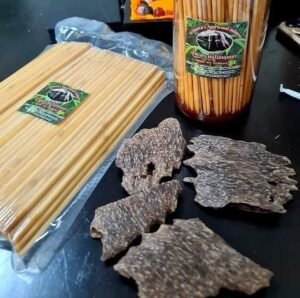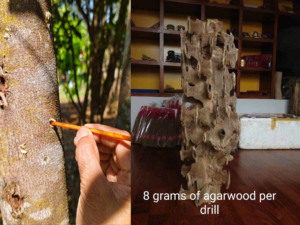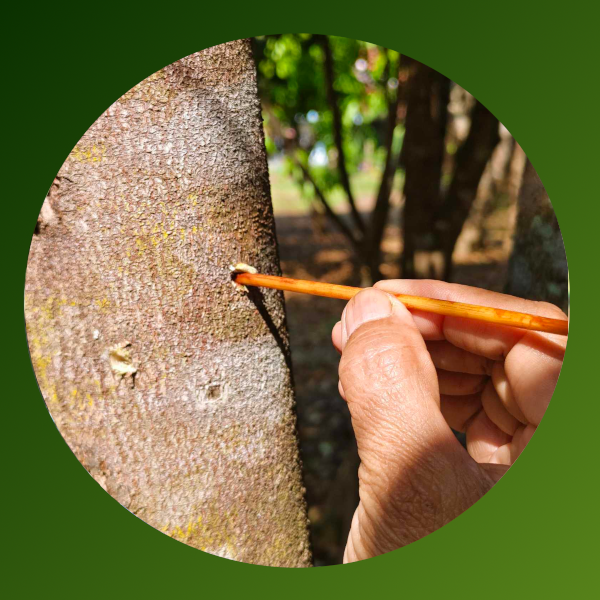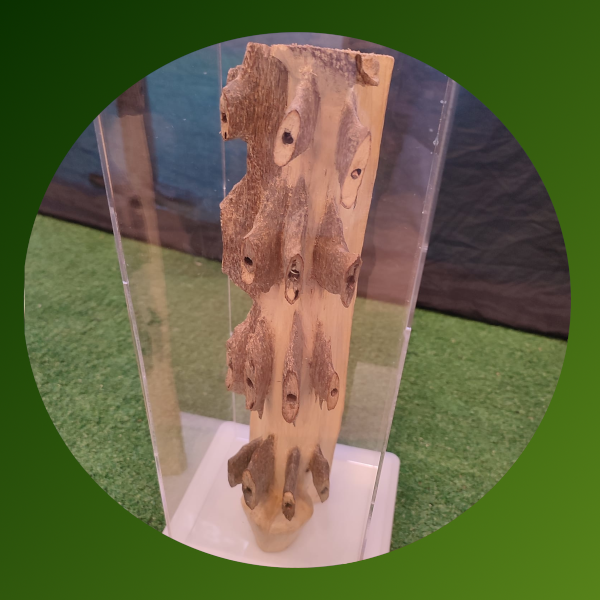Description

The inoculant developed by Witsawa does not contain fungus or microbes. Instead, it consists of a blend of organic and food-grade chemicals soaked into sticks, serving as a carrier to introduce the inoculant into the tree’s xylem. Once inserted, the concoction triggers the tree to react by excreting its defense mechanism to counter the acid introduced.
This reaction leads to the formation of agarwood. The concoction also attracts local fungi to the drilled hole, which feed on the induced stick, prompting continuous excretion of allergens by the tree. As a result, the tree continuously produces agarwood resin to protect itself from the ongoing attack, attracting ants that further introduce local microbes to the induced holes. This process serves as an added stressor, prompting the tree to release more agarwood resin continuously.

In the agarwood industry, achieving optimal profits necessitates more than mere tree planting—it requires innovative techniques like Witsawa’s inoculation method. Pioneered by Witsawa Sripetkla, this method elevates agarwood quality, drawing in eager buyers and bolstering profitability [5]. By optimizing the agarwood formation process and increasing yields, farmers can meet the high demand for premium agarwood, enhancing their income. Effective inoculation strategies are key to the success of agarwood cultivation businesses, as shown by research.
Unlike direct injection methods that risk uncontrollable outbreaks, Witsawa’s approach attracts naturally occurring microbes, promoting agarwood formation without adverse effects on other trees. Consequently, various fungi species may thrive in the inoculated areas, influenced by location factors.




Reviews
There are no reviews yet.